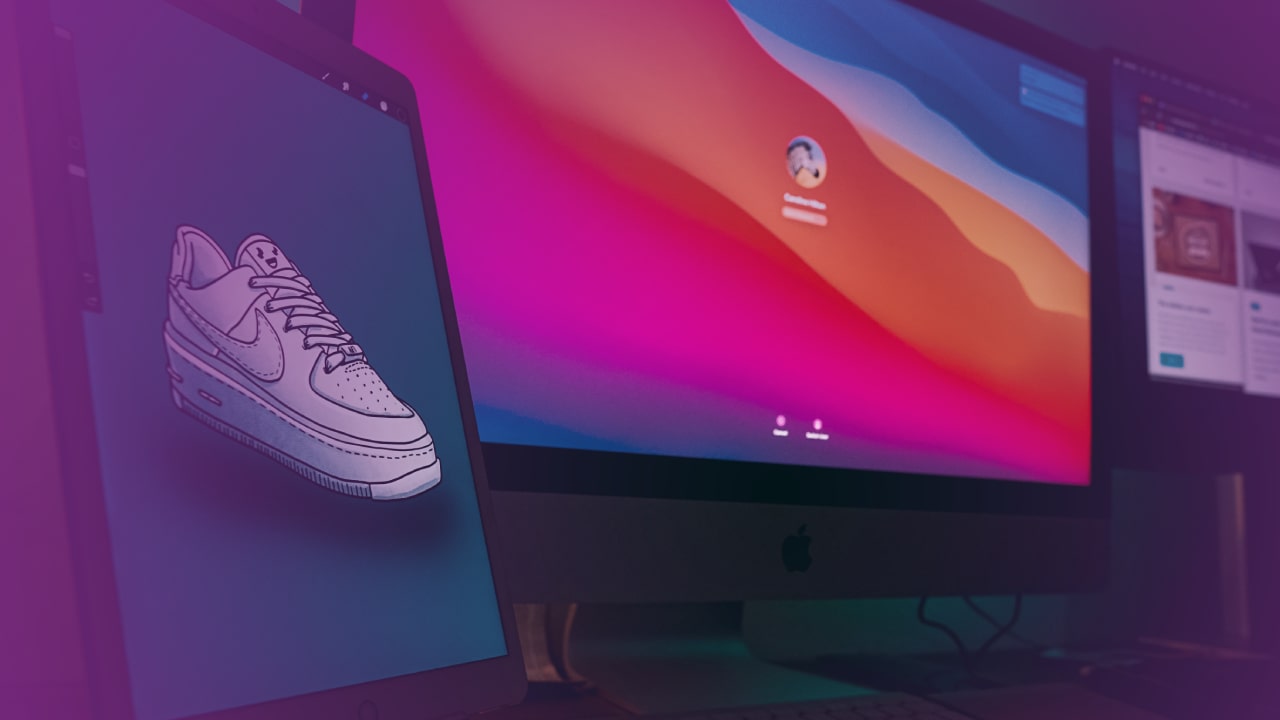The use of Artificial Intelligence (AI) in the creative arts is an exciting new development, allowing us to explore how technology can be used to create art, as well as opening up a whole new realm of possibilities for creating art with computers. But what exactly does “AI-created artistic pieces” even mean? How has AI been used in the past and what benefits and applications can it have in the creation of art? This article seeks to answer these questions and more, by examining the current state of AI-enabled art.
Definition of AI and Art
At its core, artificial intelligence is a branch of computer science focused on creating machines capable of performing tasks which traditionally require human intelligence. The term refers to a wide range of technologies including natural language processing (NLP), computer vision and machine learning, all of which have become incredibly important tools for modern day creatives.
By combining these technologies with traditional methods like painting or photography, artists are now able to produce artwork that could not have been created without the help of AI. The result is often visually stunning pieces that fuse digital elements with those from our physical world – allowing us to explore uncharted territory in terms of creative expression through digital mediums.
Historical Perspective on the Use of AI in Art
The use of computers and robotics in creating art dates back as far as 1951 when British artist Desmond Paul Henry first presented his “Robot Fallacy” at the Festival Of Britain. In this work he explored how robots could be programmed to create random patterns that were then interpreted by humans into complex visual images.
Since then, researchers have explored many ways in which AI can be used as an artistic tool – from using algorithms to generate music compositions, to training neural networks with datasets containing thousands upon thousands of images for them to learn from and create their own works based off those visuals.
In recent years there has been a surge in interest surrounding this topic due to advances made in deep learning technologies such as Generative Adversarial Networks (GANs). GANs are particularly useful when it comes to producing original artwork because they are trained using large datasets composed mostly out images that they would not typically find in nature – opening up entirely new realms within the field of generative artistry.
Overview of Current Tools and Techniques of AI in Artistic Creation
Many artists today take advantage a variety aspects associated with artificial intelligence when creating their artwork – some going so far as constructing entire exhibitions around topics such as machine learning or internet culture. One example is British artist Mario Klingemann who leverages techniques such as GANs when constructing his works – utilizing computers to generate painterly images based off datasets curated by himself containing tens-of-thousands images ranging from 19th century French landscape paintings all way through Black Sabbath album covers. By merging old school visual aesthetics alongside cutting edge technologies he produces captivating visuals reminiscent classical paintings with modern abstract qualities.
Benefits & Applications
The primary benefit of using AI for making art lies in its ability to bypass traditionally laborious tasks involved in manual artwork creation – such as sketching or painting onto a medium – while at the same time providing unprecedented control over design aspects like color palette or composition rules. Additionally, AI tools are able to generate unique ideas by processing large datasets which would be too tedious or difficult for humans alone – thus enabling artists to explore entirely new realms of creativity they otherwise could not access themselves.
Lastly, AI can enable anyone regardless of skill level or knowledge base – including those completely unfamiliar with traditional art forms –to easily produce visually compelling artwork through automated processes that require minimal effort yet yield sophisticated results.
Several examples demonstrate how modern-day artists are embracing AI for their creative works: an experimental dance project entitled “Braindance” by electronic artist Holly Herndon used machine learning algorithms to analyze data from dancers performing various movements; multimedia artist Sougwen Chung uses neural networks trained on her own drawings as inspiration for her robotic sculptures; additionally a number of contemporary painters have adopted AI deep learning technologies into their workflows through apps like Google’s AutoDraw which provides users with hundreds of options automatically generated from sketches they draw themselves on mobile devices .
Challenges & Limitations
Despite all the potential benefits offered by using artificial intelligence as an artistic tool there remain several challenges limiting its widespread adoption across disciplines: limited availability & prohibitive cost being chief among them due both low awareness and resistance among some sections within arts & culture industry who fear it will replace traditional methods used by human creators
Additionally there remains significant controversy surrounding ethical implications associated with replacing creative decision making process solely with computer algorithms thus leading many institutions such universities & galleries refusing outright censorship any artwork produced via machine learning technologies .
Finally difficulty experienced when attempting merge disparate cultures approaches particular visualizing abstract concepts found sciences makes difficult fully understand purposefully these programs enabled produce what context society without prior understanding behind them .
Conclusion:
Ultimately Artificial Intelligence holds enormous potential help create remarkable pieces never before achievable through hand alone – promising exciting breakthroughs expressive outlets demand future generations push boundaries further than ever previously imagined . Though still early stages development topic guaranteed keep growing importance innovation arrives forefront public consciousness open up world entirely possibilities .

